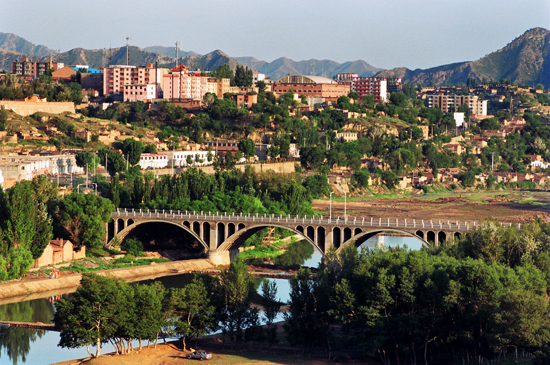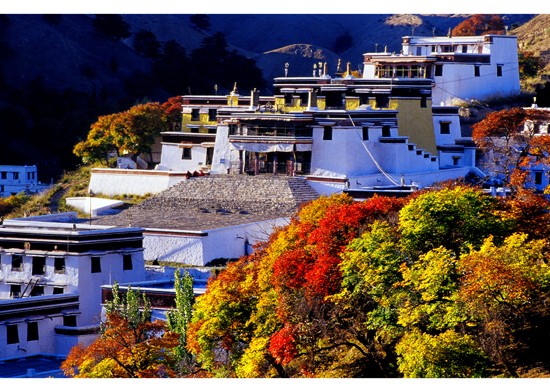Shiguai district

Shiguai district in Baotou is renowned for its lush and verdant environment. [Photo provided to chinadaily.com.cn]
Shiguai district lies to the west of Daqing Mountain and is known as a pilot district of China's national "Smart City" initiative.
It covers an area of 761 square kilometers and is home to a population of 66,600.
In Mongolian, shiguai means "a place with forests". The area's origins can be traced back to the Neolithic period, or New Stone Age, over 6000 years ago. There are currently 12 ethnic groups living in the district including the Mongolian, Han and Manchu peoples.

The Wudang Lamasery in Shiguai district, in Baotou in North China's Inner Mongolia autonomous region, is one of the three most famous lamaseries for Tibetan Buddhism in China. [Photo provided to chinadaily.com.cn]
The district benefits from an abundance of tourism resources, such as Wudang Lamasery, a national 4A level scenic spot. The temple is known as one of the three major Tibetan Buddhist temples, along with Potala Palace in the Tibet autonomous region and the Ta'er Monastery in Qinghai province.
